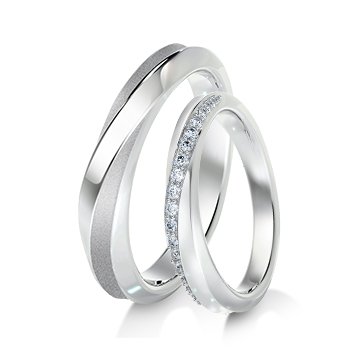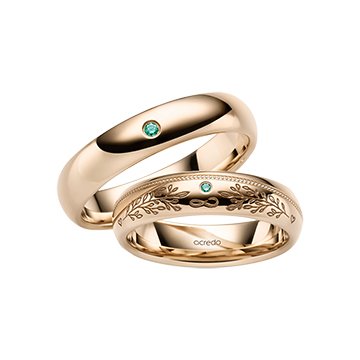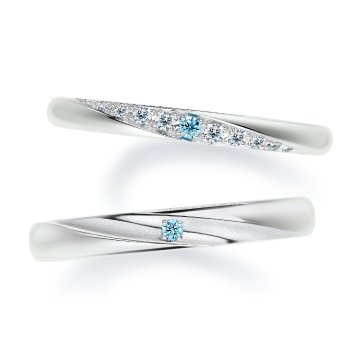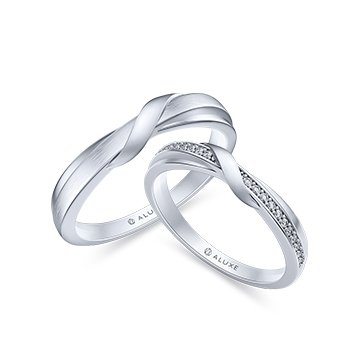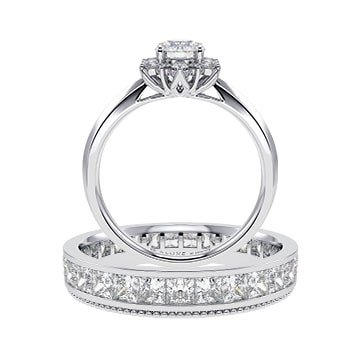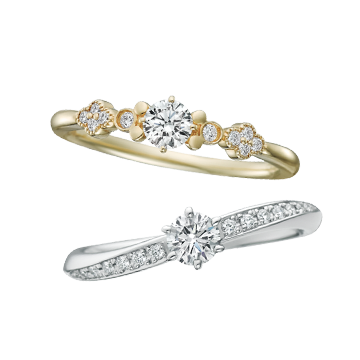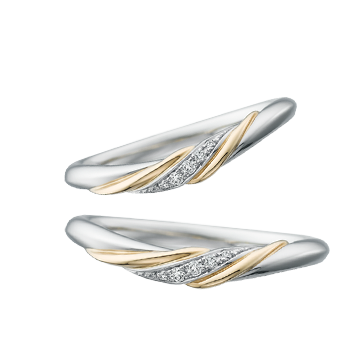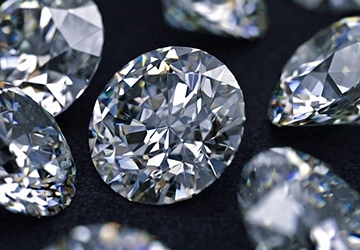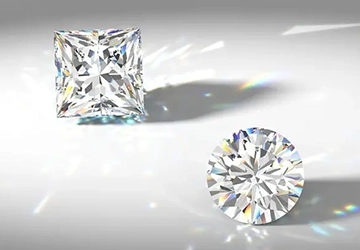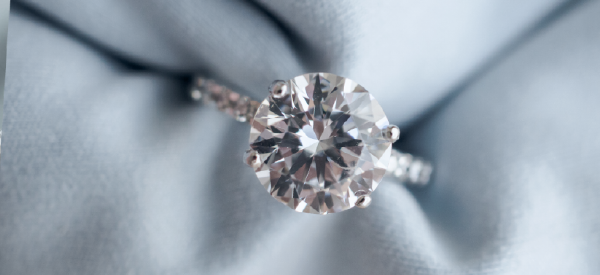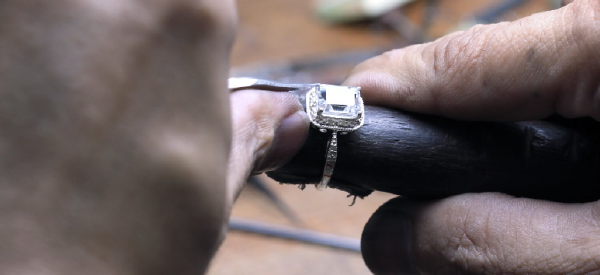Every diamond is unique as nature intended for each to be as special as their wearer. The natural clarity scale within a diamond, or inclusions, provides each diamond with a special fingerprint. Inclusions such as minerals or cracks are a key characteristic for grading a diamond. Some common types of inclusions are Cloud, Feather, Included Crystal, Needle. GIA laboratories apply a stringent set of specifications to describe and categorize the type, number, position, size, and obviousness of inclusions. Clarity is universally graded under 10X magnification as many inclusions cannot be seen by the naked eye. ALUXE provides detailed information and descriptions of more diamond related information such as: color, weight, cutting, how to verify the authenticity of GIA certificates, GIA Diamond Grading Reports, and GIA Diamond Dossier.
Knowledge Centre
Diamond
Diamond
選擇頁面
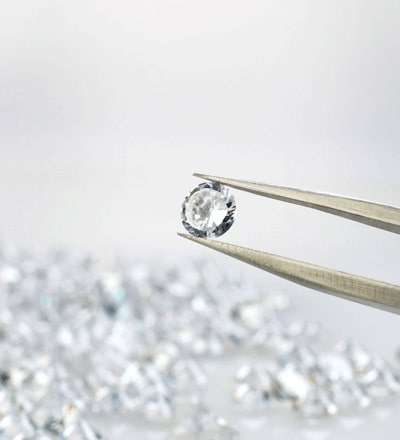
The 4 Major Elements of Diamonds-Clarity
GIA imposes strict standards to categorize the clarity scale based on the characteristics of a diamond’s natural inclusions such as type, number, and position.
Diamond Clarity Grading
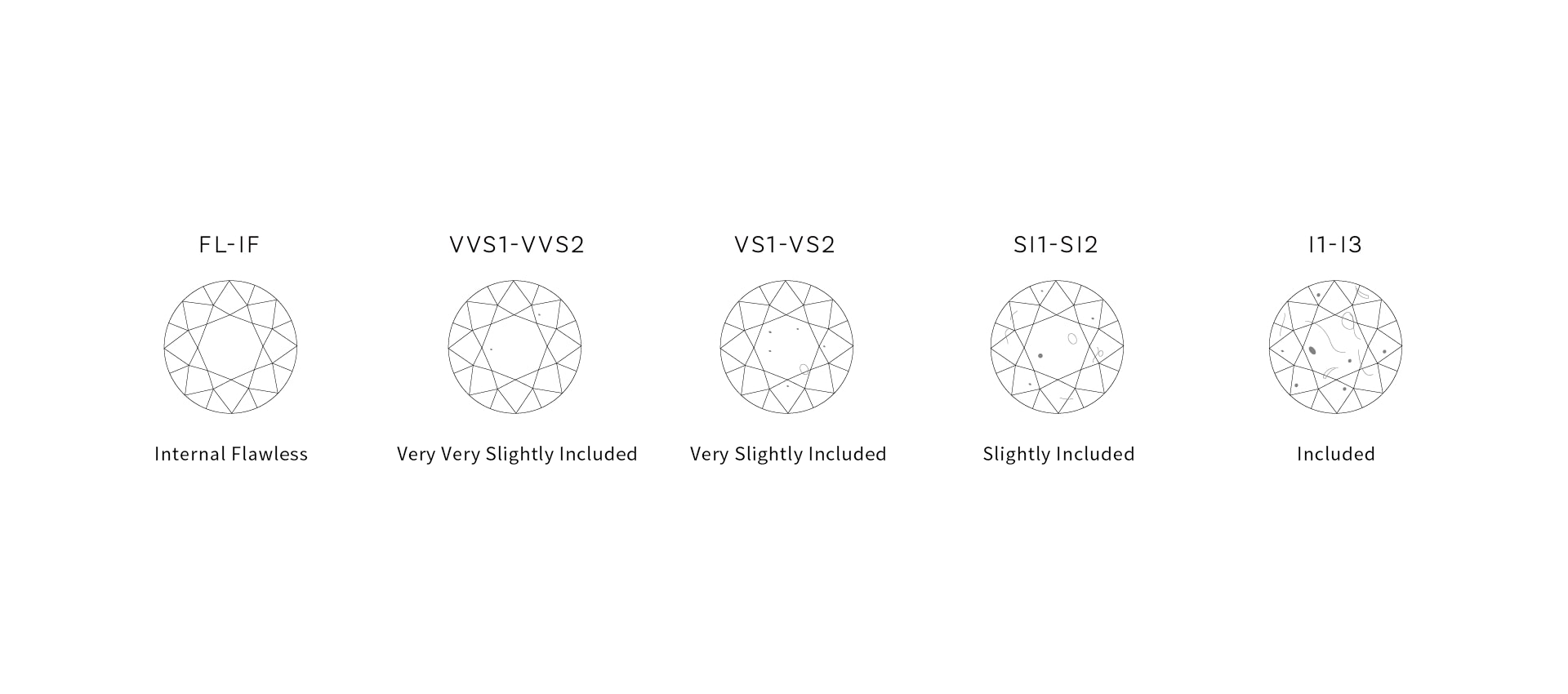
Diamond Clarity Grading
| GIA | Clarity | ALUXE |
| IF | Internal Flawless︰No inclusions are visible to a skilled grader under 10X magnification. | ALUXE only offers diamonds without blemishes visible to the naked eye. |
| VVS1 | Very Very Slightly Included︰Very, very slight inclusion. Inclusions are extremely difficult for a skilled grader to view under 10X magnification. | |
| VVS2 | Very Very Slightly Included︰Very, very slight inclusion. Inclusions are extremely difficult for a skilled grader to view under 10X magnification. | |
| VS1 | Very Slightly Included︰Very slight inclusion. Inclusions are somewhat difficult for a skilled grader to view under 10X magnification. | |
| VS2 | Very Slightly Included︰Very slight inclusion. Inclusions are somewhat easily viewed by a skilled grader under 10X magnification. | |
| SI1 | Slightly Included︰Slight inclusion. Inclusions are easy for a skilled grader to view under 10X magnification. Not easily seen with the naked eye. | |
| SI2 | Slightly Included︰Medium inclusions. Inclusions are easy for a skilled grader to view under 10X magnification. Slightly difficult to see with the naked eye. | |
| I1 | Included︰Noticeable inclusions. Visible to the naked eye. | ALUXE does not offer these options. |
| I2 | Included︰Very noticeable inclusions. Clearly visible to the naked eye and may impact a diamond’s durability. | |
| I3 | Included︰Very noticeable inclusions. Clearly visible to the naked eye and severely impacts a diamond’s durability. |
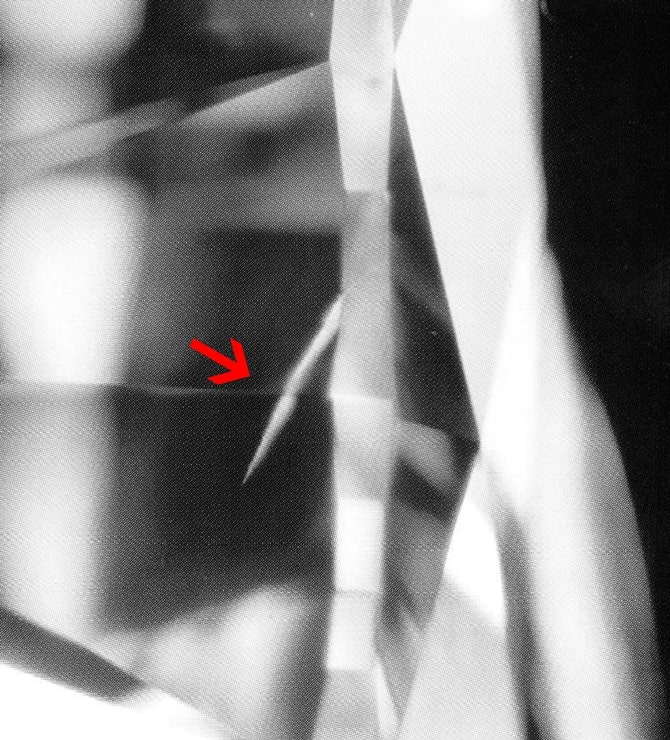
Feather
(Source: GIA. (2002). Diamond & Diamond Grading 10 )
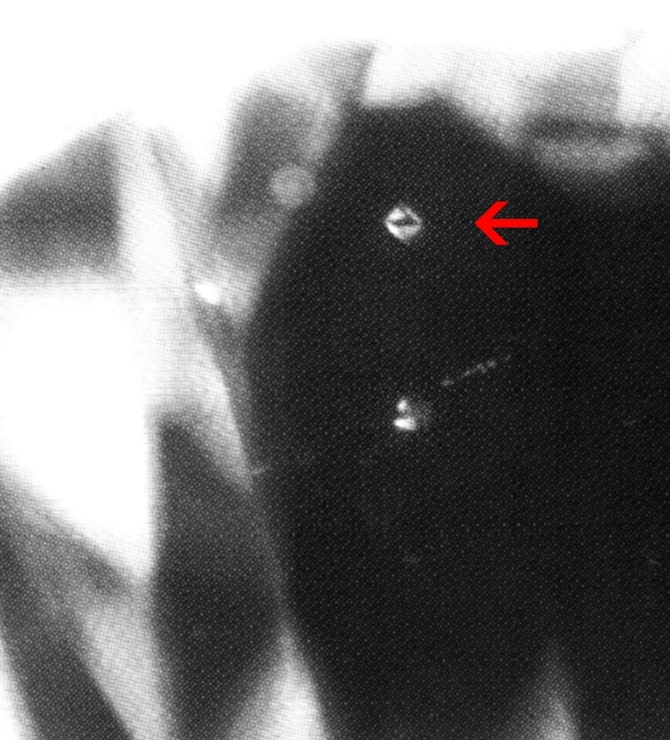
Included Crystal
(Source: GIA. (2002). Diamond & Diamond Grading 10 )

Cloud
(Source: GIA. (2002). Diamond & Diamond Grading 10 )
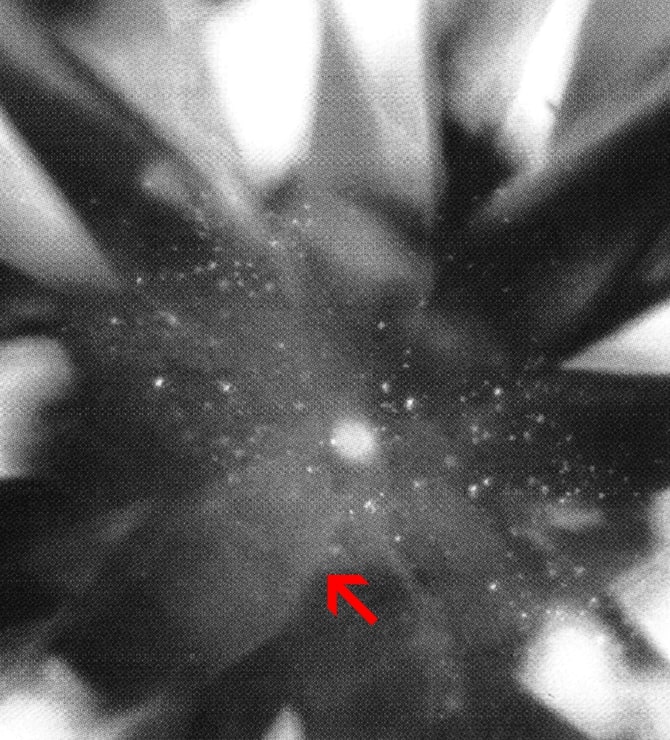
Needle
(Source: GIA. (2002). Diamond & Diamond Grading 10 )
INCLUSIONS
| Characteristics | Description |
| Bearding | Tiny feather cracks extending inwards formed during the process of girdling |
| Bruise | Fork-like cracks caused by surface impact |
| Cavity | Large and deep opening |
| Chip | Generally small and shallow openings, often seen around the edges of girdles (may sometimes be large) |
| Cloud | Cloudy or milky areas caused by a concentrated cluster of fine inclusions |
| Feather | Cracks caused by chipping or splitting, often with a white or feathery appearance |
| Grain Center | Anomalous crystalline structures concentrated in a single spot, occasionally joined by pin-like points |
| Included Crystal | Mineral crystals contained within a diamond |
| Indented Natural | Natural, uneven surfaces |
| Internal Graining | Anomalous crystalline structures within the diamond, often with the appearance of milkiness, transparent lines, color, or reflections |
| Knot | Crystal inclusions extending to the surface of a polished diamond |
| Laser Drill Hole | Tiny, tube-like holes caused by lasering where a tiny opening forms on the surface, extending into the diamond in needle-like forms |
| Needle | Long and narrow crystalline inclusion |
| Pinpoint | Extremely fine inclusions, appearing as a white dot under 10X magnification, occurs individually or as clusters |
| Twinning Wisp | Cloudy areas caused by anomalous crystallization, often appearing in the adjoining area of two facets |
BLEMISHES
| Characteristics | Description |
| Abrasion | Many fine gaps at the facet joint, causing the ridgeline to appear white and murky instead of a sharp line |
| Extra Facet | Additional facets not required by symmetry or cutting shape |
| Natural | Original surface remains on the surface of cut and polished diamonds |
| Nick | Small V-shaped opening on the girdle or facet edge |
| Pit | Small openings appearing as white dots |
| Polish Lines | Tiny parallel lines left by polishing. The parallel lines are contained within a single facet and are caused by anomalous crystallization, or tiny parallel grooves caused by an irregular grinding wheel |
| Polish Mark | Hazy surface (also known as burn marks or burnt surfaces) caused by high heat, or uneven polished surfaces caused by anomalous crystallization |
| Rough Girdle | Rough or pitted girdle surface |
| Scratch | Curved or straight white scratches and lines |
| Surface Graining | Diamonds with anomalous crystallization on the surface appearing as transparent or ridge-like lines, occasional grooved or unmatching surfaces, often spanning across ridgelines |
ALUXE offers a convenient diamond price query system that provides a transparent understanding of diamond pricing. We also offer comprehensive services such as a wide selection of diamond engagement rings as well as diamond ring rental services.






